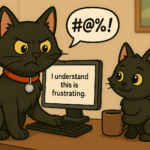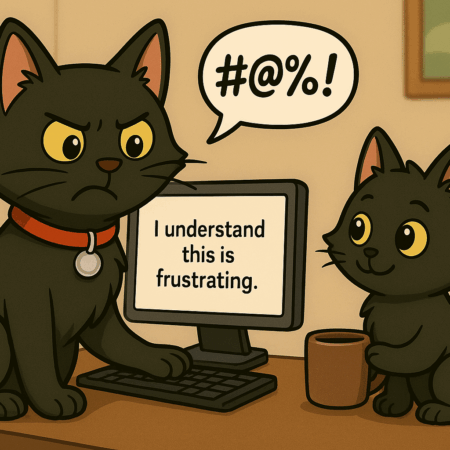In a week of upheaval, two pivotal stories stood out: Meta’s launch of a paid, ad‑free option in the UK, and renewed regulatory pressure across food and adtech sectors. Together they underline the growing pressure on business models, creative strategy and compliance across markets.
Meta begins ad‑free option — redefining platform monetisation
Meta has announced that UK users will soon be able to pay a monthly subscription—£3.99 on mobile, £2.99 via web—to avoid ads on Facebook and Instagram. In doing so, Meta effectively offers users a choice: accept targeted ads, or pay for privacy. This shift is not purely symbolic — it may mark the beginning of more hybrid monetisation strategies across digital platforms.
For advertisers, the implications are immediate and structural. If a meaningful subset of users chooses the paid option, reach, targeting and frequency models may erode, especially in demographics more sensitive to data practices. Brands will need to lean even more on first‑party data (where permissible), content resonance, contextual targeting and deeper audience relationships. Legacy volume buying may not be enough.
Regulation intensifies: food advertising and adtech under the lens
Regulatory momentum is building. In the UK, on 10 September the Advertising (Less Healthy Food and Drink) (Brand Advertising Exemption) Regulations 2025 were laid before Parliament, defining tighter constraints on how and when “less healthy” products can be advertised.
At the same time, the CAP Code has expanded its scope: from 1 September it covers non‑paid online marketing communications directed at UK consumers by licensed advertisers, even when those advertisers do not have UK registration.
On the European front, the Commission’s €2.95 billion fine against Google for abusing dominance in adtech sends a signal: self‑preferencing in the supply chain will no longer be tolerated, and structural change may be forced.
For publishers, DSPs, ad exchanges and brands, this means audit, transparency and compliance must become foundational, not optional.
Market dynamics & creative recalibration
In parallel, several trends continue to shape the backdrop:
- Digital remains dominant in the UK: in 2024, over 80 percent of UK ad spend was channeled through digital formats.
- Yet forecasts have cooled. The 2025 growth outlook for the UK ad market was recently revised downward, reflecting macro uncertainty and tighter advertiser budgets.
- In performance media, Google’s AI Max is now globally available, taking automation further into campaign management. It may boost efficiencies, but reduces transparency and control.
- Creatively, the tension between short‑term performance metrics and long‑term brand equity remains central in client conversations.
Taken together, this week’s shifts suggest a new inflection point: monetisation models, regulatory risk and creative discipline must now align more tightly than ever. Brands and agencies must act with both agility and foresight.












